Castelo de Palmela
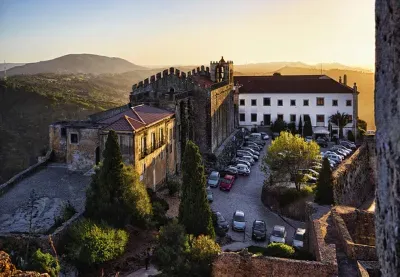
Palmela Castle stands at an altitude of 1,200 metres and provides panoramic views of the Serra da Arrabida, the vineyards below and the Tagus and Sado Rivers. In good weather it is even possible to see Lisbon around 40km to the north.
Forte de São Filipe

The Fortaleza de São Filipe (Fort of St Philip) dominates the skyline above Setubal. It can be reached from the town below by an exhilarating 30-minute hike or by road.
Elvas Castle

The Castle of Elvas (Castelo de Elvas) in Eastern Portugal has an interesting history. It was never a royal residence, but was a frontier garrison which witnessed battles and sieges over its long history. There was once a Roman garrison here and later the Muslim forces who occupied the region until the 12th century built a fortress on the site of the present day fortifications.
Cidadela de Cascais
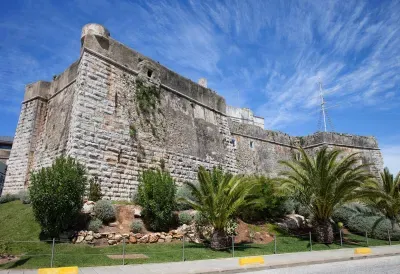
This 15th century citadel, overlooking Cascais marina at the mouth of the Tejo Estuary, has played a crucial role in the history of Portugal, having witnessed fights against pirates as well as battles against Spanish and French forces.
Fortaleza de Sagres
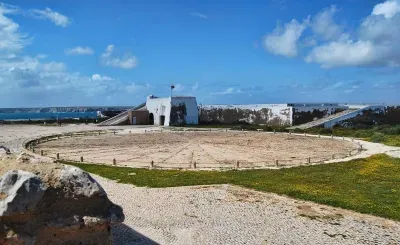
The Fort of Sagres is located on a dramatic, narrow headland that juts out into the Atlantic Ocean to form Portugal's most south-westerly point. It dates back to the 15th Century, a time when the Portuguese coast was often the target of raids from the Barbary pirates who heralded from the nearby North African shores.
Loulé Castle
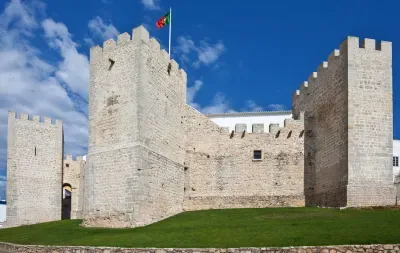
The castle at Loulé formed what would have been the northwestern corner of the city walls. What remains of the original castle are the gate tower and three further towers along with the walls that connect them. All seem in remarkably good condition, and this is largely due to the extensive restoration work during the 19th century.
Loulé Castle suffered extensive damage during the 1755 great earthquake and was again damaged by a much lesser earthquake in 1969.
Peniche Fortress

Standing guard at the mouth of Peniche's harbour is the sixteenth century Fortaleza de Peniche (Peniche Fortress). Commissioned during the reign of King João III when this little port was of great strategic importance to Portugal and its empire.
The fortress is built in the typical star shaped form and houses the Santa Bárbara Chapel along with the Sentinel Tower - the first fortification built in the Peniche peninsula.
Moura Castle

Rising above Moura's old town on a limestone plateaux are the ruins of a once grand castle. The medieval Castelo de Moura was built by King Dom Dinis in the 13th century on the site of an earlier Moorish citadel. There is evidence that the site is even older than this suggesting there was originally an Iron Age hill fort here.
Silves Castle
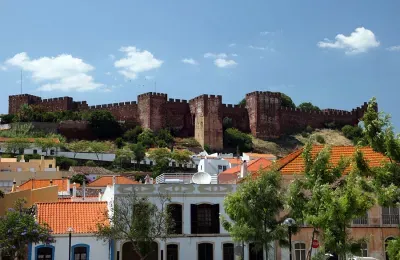
Situated overlooking the town below Silves Castle is considered the best preserved of the Moorish castle in Portugal
Serpa City Walls
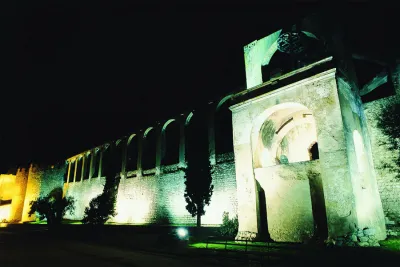
The towering city walls of Serpa must have been a formidable sight when they were built. The walls incorporate battlements, a keep and a fine 11th century aqueduct and pump house